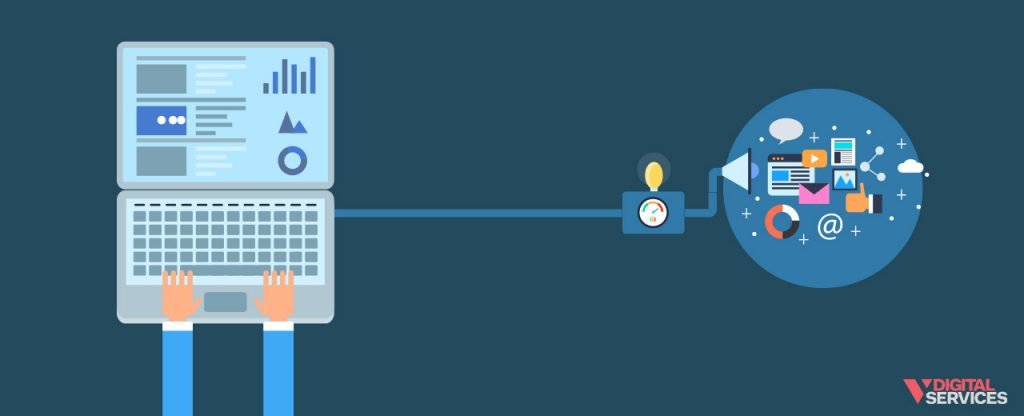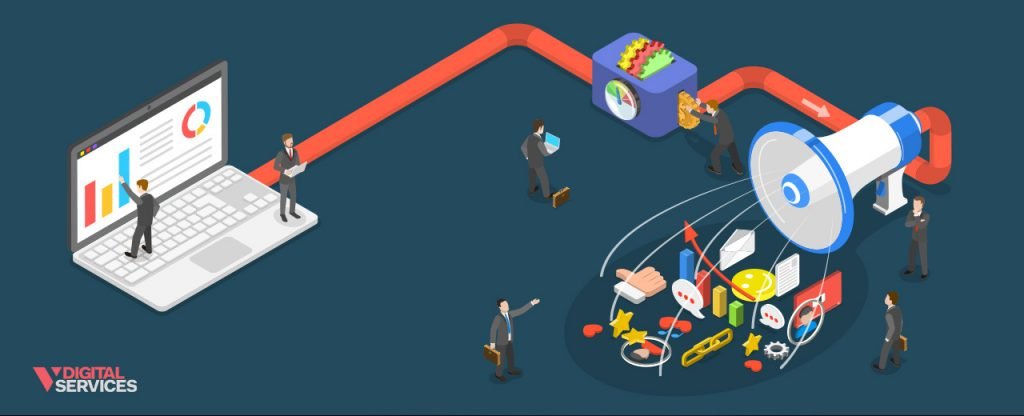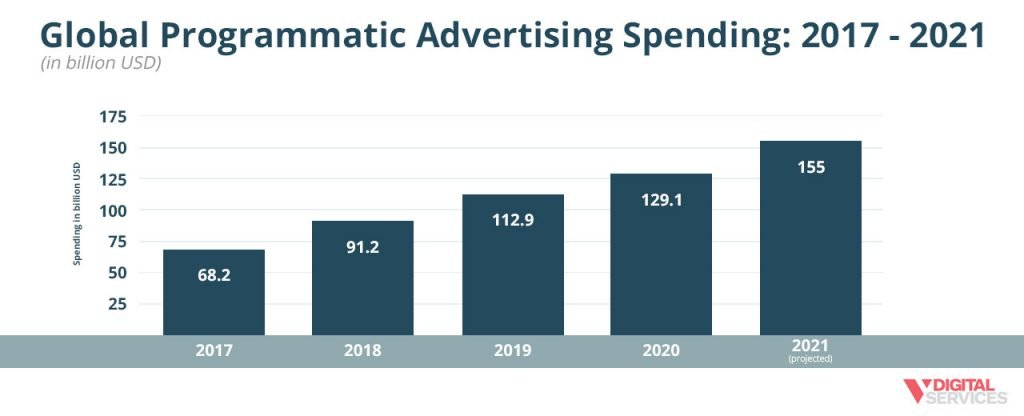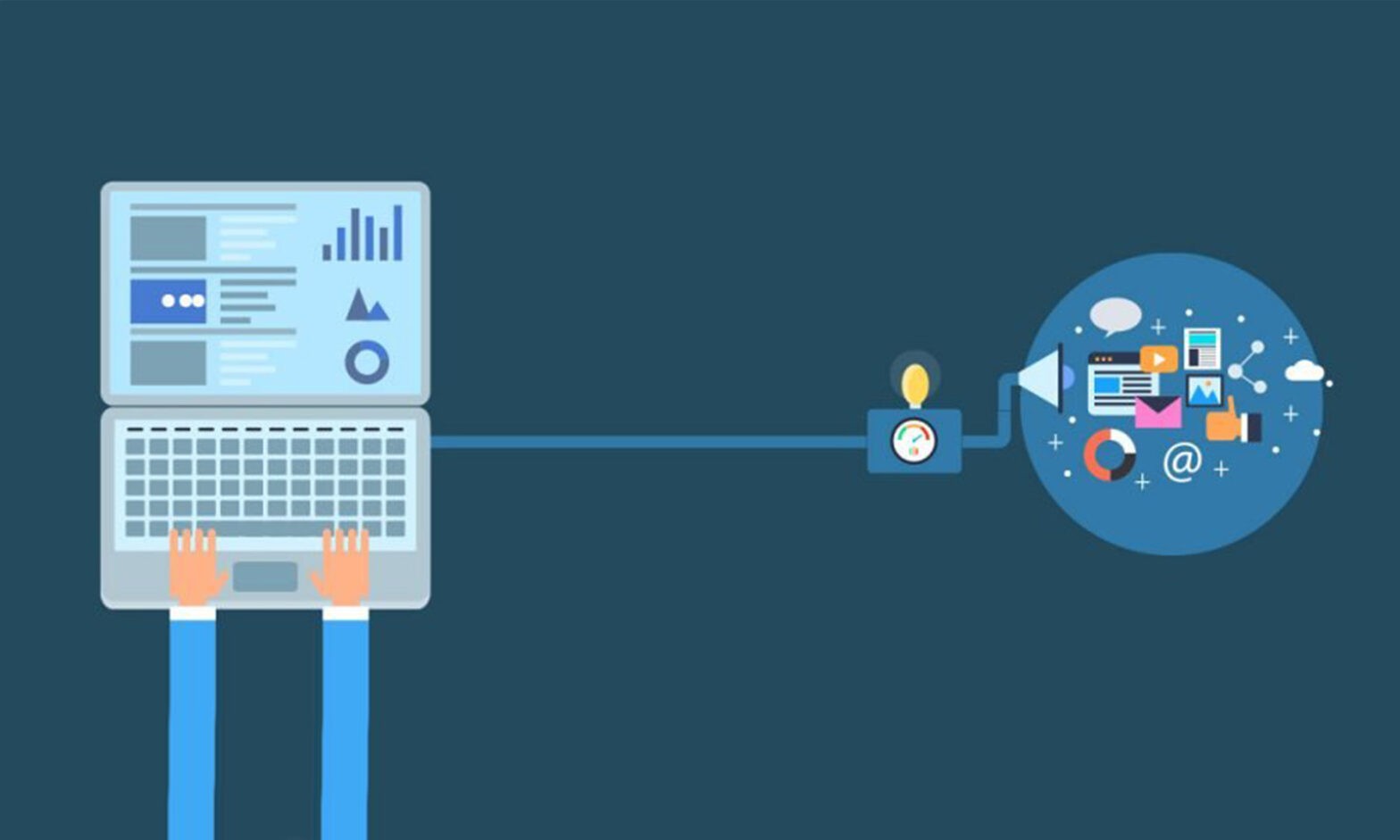In the wide world of digital advertising, programmatic ads are a hot topic of conversation. Thought leaders, marketing professionals, and everyday business owners alike are discussing the benefits of programmatic advertising – and why it might just be the catalyst for the reinvention of the industry.
But even as programmatic advertising evolves from a trend into a methodology that’s here to stay, there are plenty of people that have yet to understand exactly what it is. So, if you have a long list of questions (starting with, what are programmatic ads?), you’re not alone.
Luckily, you’ve come to the right place.
We’re going to break down the basics of programmatic media, explaining everything you need to know about how it works and what it can do for you. Plus, we’ve put together a handy guide of tips for programmatic marketing, giving you a head start on this game-changing digital strategy.
Programmatic Advertising Buying
Whether you call it programmatic advertising, programmatic marketing, programmatic media buying, or programmatic ad buying, the essential definition is the same.
Programmatic advertising is the automated purchase of digital ads, generally through the use of specialized software.
Traditionally, the process of buying ads would require people to undergo a series of steps involving proposals, quotes, and negotiations. But in contrast, a programmatic buying approach taps into the efficiency of machine learning and algorithms to obtain online ad space.
It’s important to understand that this doesn’t mean that purchasing ad space is completely automated. Instead, programmatic buying aims to streamline the experience by giving human marketers more time and freedom to improve and optimize their ads. Because advertising is designed for a human audience, there will always need to be humans involved in ad creation.
Keep in mind that programmatic advertising is still relatively new, so there is a considerable amount of improvement and growth still ahead. Even so, it has already proven to be an extremely powerful and effective tool for online marketing.
Types of Programmatic Marketing
One of the most common questions about programmatic technology is: is programmatic ad buying the same thing as real-time bidding? Even though these two terms are sometimes used interchangeably, that’s not entirely accurate. Real-time bidding (RTB) is one category of programmatic advertising, but there are others as well.
 In order to better understand how programmatic advertising works, you’ll need to familiarize yourself with the three main categories it is generally organized into:
In order to better understand how programmatic advertising works, you’ll need to familiarize yourself with the three main categories it is generally organized into:
Real-time bidding (RTB)
With real-time bidding, you have the ability to purchase advertising space via digital auctions that are occurring in real-time. Sometimes referred to as an open auction, RTB is when the prices of ad inventory are determined via these live auctions. Any publisher or advertiser can participate in RTB. For individuals hoping to purchase online advertising with a large audience, RTB can be a cost-effective option.
Private marketplace (PMP)
Although private marketplaces are similar in structure to RTB, they restrict who is allowed to participate. Access is on an invite-only basis, and in some scenarios, an application/selection process allows advertisers the opportunity to join. While an auction usually occurs, the set-up requires more manual involvement because the deal’s terms are pre-negotiated.
Programmatic direct
For those that prefer to opt-out of auctions altogether, programmatic direct is an alternative. In this type of programmatic advertising, publishers offer ad inventory at a fixed cost per mille (CPM) to advertiser(s). Programmatic direct is most often used for premium inventory, such as full-page takeover ads.
How Does Programmatic Display Advertising Work?
There are three key components that make up the programmatic advertising “ecosystem,” each playing an important role in the larger process.
 Sell-side platform (SSP)
Sell-side platform (SSP)
The SSP is a specific type of software that enables publishers to sell ad impressions (for display, mobile, and video ads) in real-time. On an SSP, publishers have increased control over their ad inventory and costs per mille (CPMs). This component includes ad networks, ad exchanges, and demand-side platforms (DSPs), which we cover next.
An SSP is a tool primarily used by publishers and suppliers.
Demand-side platform (DSP)
A DSP is a software program that allows advertisers and agencies to automatically purchase ad inventory across programmatic advertising platforms.
A DSP is a tool primarily used by advertisers, brands, and agencies.
Technically, Google Ads is a DSP, though it is limited specifically to the inventory accessible on the Google Display Network. There are some display ads outside of Google’s reach, such as Facebook’s advertisements. So, if you were using Google’s ad network as your only DSP, then you would be unable to serve ads on Facebook.
Ad exchange
This is the connection point between the supply side and the demand side. The supply side platform (SSP) is where publishers and suppliers feed advertising inventory into the ad exchange, with the demand-side platform (DSP) on the other end. Then, the DSP provides media agencies, brands, and advertisers the ability to buy digital advertising space. Finally, the bidding process establishes specific inventory pricing.
Think of the ad exchange like the stock market trading floor, but with digital display advertising being bought and sold rather than stocks. It is the midpoint of the programmatic ecosystem.
Advertising inventory is most commonly purchased through real-time bidding. Because programmatic channels enable advertisers to purchase per ad impression, they are able to better target a specific audience. The automation speeds up the process considerably, enhancing its efficiency far beyond what is possible in traditional media buying.
Is Programmatic Marketing Effective?
We mentioned that programmatic advertising is still being perfected; so, is programmatic buying worth it yet? The answer is an empathetic yes, and it all comes down to a single key benefit: efficiency.
 In 2021, global programmatic ad spending is predicted to exceed $150 billion, with the U.S. holding court as the world’s leading programmatic ad market. These numbers alone are a testament to the success of this marketing medium. But in addition to attention-grabbing statistics, plenty of everyday entrepreneurs have encountered at least a few peers that rave about the benefits of programmatic advertising.
In 2021, global programmatic ad spending is predicted to exceed $150 billion, with the U.S. holding court as the world’s leading programmatic ad market. These numbers alone are a testament to the success of this marketing medium. But in addition to attention-grabbing statistics, plenty of everyday entrepreneurs have encountered at least a few peers that rave about the benefits of programmatic advertising.
So, exactly what makes programmatic advertising such an in-demand medium for digital marketing? Ultimately, it is a system designed to put your time and resources to the best possible use. Rather than relying on a standard ad campaign that could be a massive success or a total bust – and risk losing money – programmatic marketing eliminates much of the guesswork.
Now, an algorithm will tell you the best way to spend your advertising budget, and then an automated system will launch your campaign and monitor it for optimization opportunities. All you need to provide is some basic campaign details and your selected key performance indicators (KPIs), and the tech will handle the rest.
In case you aren’t already fully on-board with starting programmatic ads, here’s a succinct summary of the benefits you can look forward to:
- A simpler, less stressful process for ad buying
- More certainty of the success of your campaigns
- Improved return on investment (ROI)
- Optimized ad spending
- Time and money saved
How to Start Programmatic Advertising
So, what’s the best way to begin using programmatic display ads to your advantage? Here are a few tips for making a solid start.
1. Establish your short- and long-term goals.
Just like any marketing strategy, programmatic ads are best approached with a clear purpose in mind. Before you begin ad buying, take the time to set up measurable goals for both the short and long term. These will be vital in determining whether or not your strategy is successful.
Existing data can be extremely useful in the development of your strategy because it can highlight exactly how and where you have room to grow.
2. Make it a priority to protect your brand.
Even large, longstanding brands have been tripped up by one of the main challenges of programmatic marketing: the still-imperfect nature of artificial intelligence. Because your ad placements will be determined entirely by algorithms, failing to closely monitor the process can lead to your ads showing up in places you don’t want them to be.
It’s important that you regularly update your demand-side blacklist, ensuring that no inappropriate sites fall by the wayside. Depending on your selected programmatic advertising platform, you may have the ability to exclude entire categories of websites from your ad spend.
Alternatively, you could implement a whitelist, which is a collection of approved sites for ad placement. This could increase your programmatic advertising cost and also slightly narrow the pool of potential ad impressions, but it is a method that gives you maximum control.
3. Trust critical tasks to a skilled and experienced team.
While it’s true that one of the biggest benefits of using a programmatic advertising strategy is that, when compared to the traditional media buying process, it requires far less human involvement. AI enables advertisers and brands to reduce the necessity of human negotiations, and various platforms can manage all or even some of your services. Others function as more of a data management platform, putting you in the driver’s seat.
But regardless of which type of platform you choose, it’s a mistake to assume that you can eliminate the human element entirely. Even with the support of AI, programmatic ads can’t achieve the highest level of success without the right people behind them.
Ideally, you should plan to hire trained professionals for the planning, management, and optimization of your programmatic display campaigns and overall strategy. Experienced digital marketers can utilize the programmatic ad tech to its fullest potential, yielding the best possible results for their efforts.
Maximize Your Digital Marketing Strategy with Programmatic Advertising from VDS
Today, the potential for using programmatic advertising campaigns to achieve your marketing goals has never been better. And going forward, the versatility of this strategic tech tool is only going to grow. If you aren’t already utilizing programmatic ad buying, now is the time to dive in.
At V Digital Services, our approach is a balance of cutting-edge trends and technology and the core principles of quality marketing. Our clients get the best of both worlds – innovation and proven best practices. We offer programmatic advertising as one of our full range of services, giving you the flexibility of a digital strategy that’s been completely customized to suit your business’s needs. Whether you’re just discovering the value of programmatic ads or you’re interested in improving your existing strategy, our experienced team is prepared to deliver next-level results.
Learn how programmatic buying can be an effective way to reach your target audience when you connect with the V Digital Services team today!
Featured Images: BestForBest/Shutterstock


 PREVIOUS
PREVIOUS